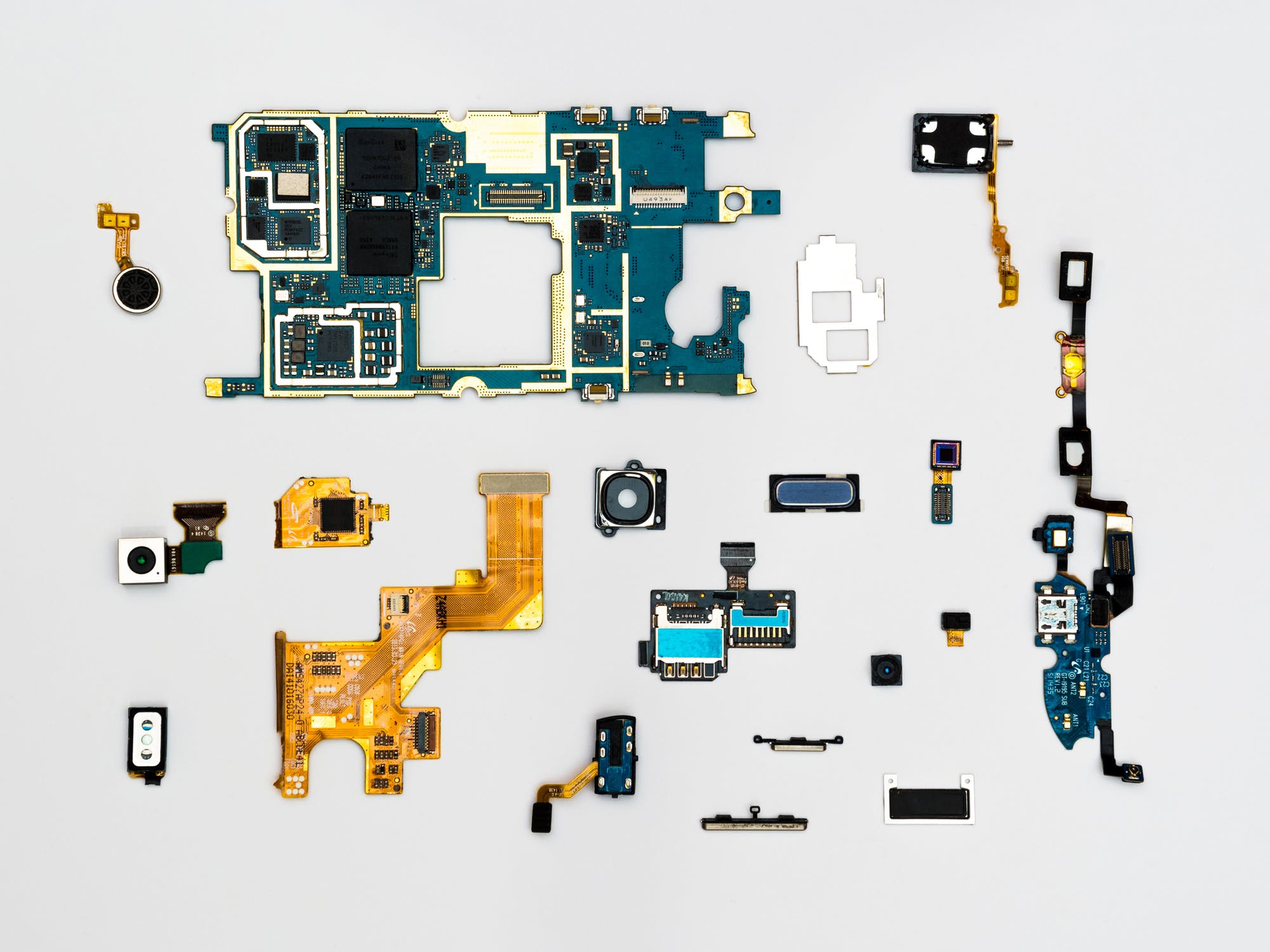New Economic Metric “GDP-B” Includes Benefits of Zero-Cost Digital Goods and Services
In March 2019, Erik Brynjolfsson of the Massachusetts Institute of Technology (MIT) Sloan School of Management and the National Bureau of Economic Research (NBER), together with Avinash Collis, W. Erwin Diewert, Felix Eggers and Kevin J. Fox published a new methodology and metric in their paper titled “GDP-B: Accounting for the Value of New and Free Goods in the Digital Economy.”
The researchers wrote in their paper that the “welfare contributions of the digital economy, characterized by the proliferation of new and free goods, are not well-measured in our current national accounts,” and “despite GDP’s widespread use as a proxy for welfare, it is not the correct metric for this purpose.”
According to Brynjolfsson in Quartz, “All economists should understand that GDP is not a measure of welfare, even though that’s the way people traditionally use it. It’s just a measure of production.”
Gross domestic product (GDP), has been the standard tool for measuring the economic well-being of a country’s economy for over seven decades. American Simon Kuznets (1901-1985), an economist, statistician and recipient of the 1971 Nobel Memorial Prize in Economic Sciences, introduced the concept of gross domestic product in his 1937 report to U.S. Congress titled “National Income and Capital Formation, 1919–1935.”
By 1944, GDP became the de facto standard after the Bretton Woods conference that established a new international monetary system that lasted to the early 70s and created both the World Bank Group and International Monetary Fund. Since then, various economists and thinkers have called to question using GDP as an accurate way of assessing a country’s economic health.
The letter “B” in GDP-B represents benefits, instead of costs. How does one measure the benefits of a zero cost digital services? The team of economists used what they call “massive online choice experiments.”
“We do hundreds of thousands of online choice experiments, “said Brynjolfsson in Quartz. “We get people to compare their preferences between two goods. Would you rather give up online music for a month or Facebook for a month? Wikipedia or Twitter? We do these comparisons with lots of different goods and lots of different people. You start getting a ranking of all the goods.”
For example, in the massive online choice experiments, the researchers asked U.S. adult Facebook users to choose between keeping their access to Facebook or giving it up for one month and get paid $E. Participants were randomly assigned one of twelve price points where E could equal 1, 10, 20, 30, 40, 50, 60, 70, 80, 90, 100, or 1000. The participants were informed prior to making the decision that one out of every 200 participants would be randomly selected to receive the value of his or her selection. The combined responses formed the demand curve using a statistical model.
“Our estimate was the median user would have to be paid $48 to give up Facebook for one month,” said Brynjolfsson in Quartz.
Last week the economist team of Erik Brynjolfsson, Avinash Collis, and Felix Eggers published in Proceedings of the National Academy of Sciences their research study with a reach of around 65,000 responses.
The researchers wrote, “free digital goods provide substantial value to consumers even if they do not contribute substantially to GDP.”
The team used massive online choice experiments to measure the impact of digital goods on consumer well-being. The median estimates from a 2017 choice experiment in rank of highest to lowest were search engines ($17,530), email ($8,414), digital maps ($3,648), and video streaming ($1,173), e-commerce ($842), social media ($322), music ($168), and instant messaging ($155).
“Because GDP is a measure of production and not welfare, this can help address an important and long-standing gap in our understanding of the economy,” wrote the researchers.
The research team has in effect, found a systematic, scalable methodology in which to quantify the value of the digital goods and services—a methodology suitable for modern economists in the 21st century and beyond.
Copyright © 2019 Cami Rosso All rights reserved.
References
Brynjolfsson, Erik, Collis, Avinash, Diewert, W. Erwin, Eggers, Felix, Fox, Kevin J. “GDP-B: Accounting for the Value of New and Free Goods in the Digital Economy.” March 2019.
Brynjolfsson, Erik, Collis, Avinash, Diewert, W. Erwin, Eggers, Felix.” Using massive online choice experiments to measure changes in well-being.” Proceedings of the National Academy of Sciences. April 9, 2019.
Dizikes, Peter. “Facebook is free, but should it count toward GDP anyway?” MIT News. March 26, 2019.
Dickinson, Elizabeth. “GDP: a brief history.” Foreign Policy. January 3, 2011.
Chen, James. “Bretton Woods Agreement.” Investopedia. April 13, 2019.
Nelson, Eshe. "How to redesign GDP for the 21st century." Quartz. March 29, 2019.



Leave your comments
Post comment as a guest